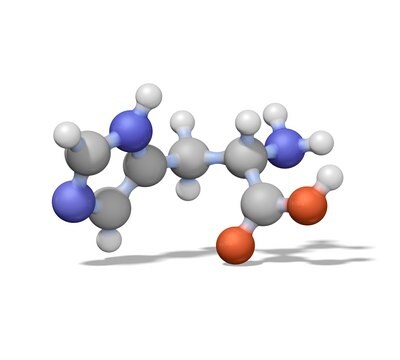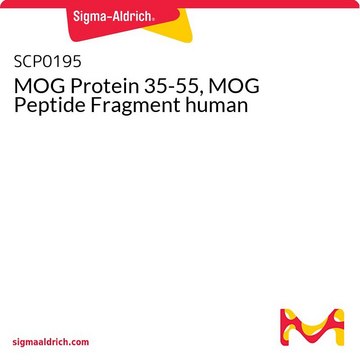P7607
Monoclonal Anti-Protein Phosphatase 1α antibody produced in mouse
clone PPI-377, ascites fluid
Synonym(s):
Anti-PP1α
About This Item
Recommended Products
biological source
mouse
conjugate
unconjugated
antibody form
ascites fluid
antibody product type
primary antibodies
clone
PPI-377, monoclonal
mol wt
antigen 37.5 kDa
contains
15 mM sodium azide
species reactivity
rabbit, rat, bovine, human, mouse, monkey
technique(s)
immunocytochemistry: suitable
microarray: suitable
western blot: 1:500 using mouse fibroblasts cell extract
isotype
IgG2b
UniProt accession no.
shipped in
dry ice
storage temp.
−20°C
target post-translational modification
unmodified
Gene Information
human ... PPP1CA(5499)
mouse ... Ppp1ca(19045)
rat ... Ppp1ca(24668)
General description
Monoclonal Anti-Protein Phosphatase 1α specifically recognizes an epitope within the catalytic subunit of PP1α isoform (37.5 kDa).
Specificity
Immunogen
Application
Western Blotting (1 paper)
Disclaimer
Not finding the right product?
Try our Product Selector Tool.
Storage Class Code
10 - Combustible liquids
WGK
nwg
Flash Point(F)
Not applicable
Flash Point(C)
Not applicable
Choose from one of the most recent versions:
Certificates of Analysis (COA)
Don't see the Right Version?
If you require a particular version, you can look up a specific certificate by the Lot or Batch number.
Already Own This Product?
Find documentation for the products that you have recently purchased in the Document Library.
Our team of scientists has experience in all areas of research including Life Science, Material Science, Chemical Synthesis, Chromatography, Analytical and many others.
Contact Technical Service







